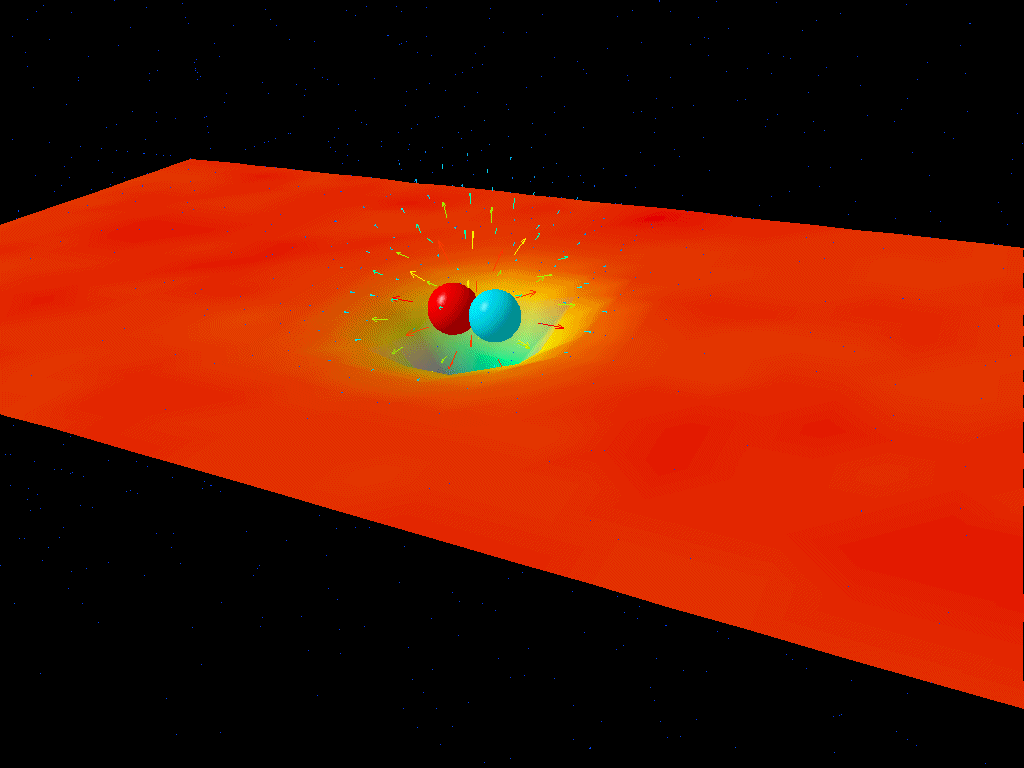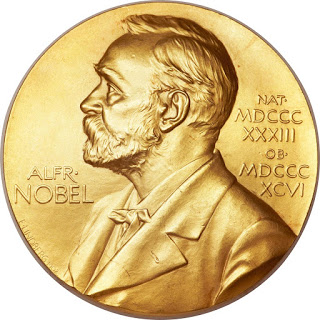Today (February 15, 1988) is Memorial Day for the father of nanotechnology, Richard Feynman, the Nobel Prize-winning American theoretical physicist who contributed to the development of quantum electronics.

Richard Feynman was born in New York City on May 11, 1918.
His father's name was Lucille, the construction of his home. Richard's mother's
name was Melville Arthur Feynman, who was a sales manager. The birthplace of
Richard's parents in Russia and Poland, respectively. Both of Richard's parents
are Ashkenazi Jews. They are not religious. Even Richard himself openly
describes himself as an atheist. Feynman spoke late. On his third birthday, he
couldn't utter a word. As an adult, he began to speak some sort of English
spoken in New York. Feynman was greatly influenced by his father. He encouraged
him to ask questions to challenge orthodox thinking. And he was always ready to
teach something new to Feynman. From his mother, he got the sense of humour he
had had all his life. As a child, he had a passion for engineering. He
maintained a test lab in his home. He was happy to fix the radios. When he was
in grade school, he developed a home burglar alarm system.

Feynman attended Far Rockaway High School in Far Rockaway,
Queens. Among them were fellow Nobel laureates Burton Richter and Baruch Samuel
Blumberg. Once he started high school, Feynman was quickly promoted to high
math class. An IQ test administered in a high school rated his IQ as high as 125.
After many years he refused to join Mensa International. He said his IQ was too
low. Physicist Steve Hsu said of the test: "This test emphasized verbal
versus mathematical ability. The math/physics graduate at Princeton received
high marks in the admission test. Feynman's cognitive skills may be. There were
so many typos and grammatical errors when looking at parts of a notebook that
Feynman had when he was an undergraduate with a bit of upside. When Feynman
was 15 years old, he learned trigonometry, advanced algebra, infinite series,
analytical geometry, and a diverse and integrated calculus.


Before entering college, he used his own code to experiment with math topics such as semi-derivatives. He created special logos for logarithmic, sine, cosine and touch functions. So they don't seem to be multiplying the three variables together. A member of the Arista Honor Society, she won the New York University Maths Championship in her last year of high school. His habit of direct characterism sometimes spurred conventional thinkers. Feynman applied to Columbia University. But was not accepted because of the allocation of the number of Jews allowed. Instead, he attended the Massachusetts Institute of Technology. Although he mastered math at first, he later switched to electrical engineering because he thought mathematics was too short. He noticed that he had "gone too far" and then switched to physics. After graduating, he published two papers in Physics Review. One of these was co-authored by Manuel Vallarta, "The Scattered Cosmic Rays by the Stars of a Star."


The other is John C. Gross. "Forces in Molecules"
is his senior thesis, based on an idea by Slater. He was impressed enough to
publish it. Today, it is called the Hellmann-Feynman theorem. In 1939, Feynman
graduated with a Bachelor of Arts degree. He earned a perfect score on his
graduate school admission to Princeton University in Physics. This is an
unprecedented achievement. Excellent score in math, but did poorly in the
history and English areas. Albert Einstein, Wolfgang Pauli and John von Neumann
were among those who attended Feynman's first seminar on the classical version
of the Wheeler-Feynman absorption theory. Pauli made the prediction that this
theory is difficult to quantify. And one could try to use this method for
gravity in general relativity, Einstein said. In his 1942 doctoral dissertation
entitled "The Theory of Low Action in Quantum Mechanics," Feynman
applied the principle of steady action to the problems of quantum mechanics. It
was inspired by a will.



Measuring the Wheeler-Feynman absorption theory of
electrodynamics, and laying the foundation for the path integral formation and
Feynman diagrams. An important insight is that positrons behave like electrons
moving backwards on time. One of the conditions that made Feynman
pay for Princeton was that he could not marry her. Nonetheless, he was
determined to marry her after he was awarded his high school sweetheart, Arlene
Greenbaum, with a PhD. Despite the knowledge that she was seriously ill with
tuberculosis, it was an incurable disease at the time. And he is not expected
to live more than two years. On June 29, 1942, they took their boats to Staten
Island. There they were married in the city office. No family or friends
attended the ceremony. A pair of strangers testified.


At Caltech, Feynman explores the physics of the
sophistication of supercooled liquid helium. Where helium flows show a complete
lack of viscosity. With Murray Zell-Mann, Feynman developed a model of weak
decay. It showed that the current in the process is a combination of the
direction vector and axial currents. An example of weak decay is a neutron, an
electron, a proton, and an antineutrino. After the success of quantum
electrodynamics, Feynman returned to quantum gravity. By analogy with the
photon with spin 1, he analyzed the effects of a free massless spin 2 field.
Einstein Field derives the equation of general relativity. He is known for his
research in the fields of quantum electrodynamics, the physics definition for the
overlapping helium, and particle physics (particle model). Feynman partnered
with Julian Schwinger and Sin-Itiro Tomonaga in the development of quantum
electrodynamics. So Feynman was awarded the Nobel Peace Prize in 1965. He was a
member of the team that produced the atomic bomb. He was one of the first
students in quantum astronomy, to begin with. He later founded the field of
quantum electrodynamics.



In 1978, Feynman sought medical treatment for abdominal pain.
She was diagnosed with liposarcoma, a rare form of cancer. Surgeons removed the
size of the football, which crushed a kidney and his spleen. On February 3,
1988, she was again hospitalized at UCLA Medical Center. A degenerative duodenal
ulcer caused renal failure. He refused to undergo dialysis, which could last
his life for several months. Nobel laureate Richard Feynman left the world on
February 15, 1988, at the age of 69, to contribute to the development of
quantum electrodynamics. Towards the end of her life, Feynman attempted to
visit the Tuan Autonomous Soviet Socialist Republic (ASSR) in Russia. It was a
nightmare overthrown by Cold War bureaucratic problems. The Soviet government's
letter authorizing the trip was not received until the day after his death. His
daughter, Michael, made the trip later. Her burial was in Mountain View
Cemetery in Altadena, California. His last words were, "I hate dying
twice. It's so boring."
Source By: Wikipedia
Information: Dr. P. Ramesh, Assistant Professor of Physics, Nehru
Memorial College, puthanampatti, Trichy.
Get information like this
https://t.me/joinchat/jpqj3jQLN51kYTk9
Join Telegram Group.
https://chat.whatsapp.com/FisIzCe4Br2CRgxAiicUnf
Join WhatsApp Group
Thanks.
Also, Read
🛑👍 CSIR-NET Physics Materials and Problems
🛑📕 21 GB and Hundreds of Physics E-Books Collection.
🛑🛥️ How does an Electric Motor work? (DC Motor).
🛑🤹♂️ Science Academies' Summer Research Fellowship Programme for Students and Teachers 2022.
🛑🔌 How does a Transformer work - Working Principle electrical engineering.
🛑🎙️ Transistors Explained - How transistors work.
🛑🔥⚡ How Thermocouples Work - basic working principle.
🛑🔌 Voltage Explained - What is Voltage? Basic electricity potential difference
🛑🔌 What is CURRENT– electric current explained, electricity basics.


.jpg)
No comments:
Post a Comment